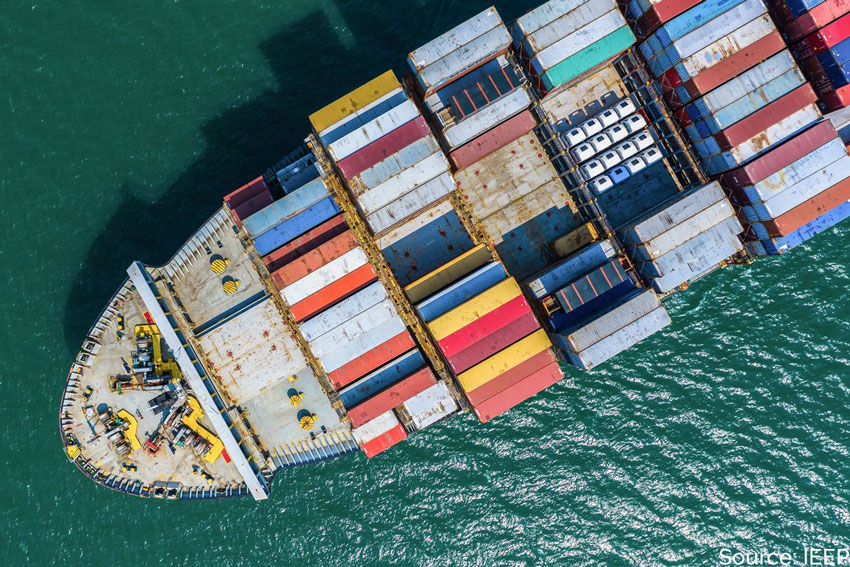Most of Southeast Asia’s economies showed in the fourth quarter of 2023 strong resilience to counter the challenging external environment and continue their growth trajectory in 2024, McKinsey & Company said in a quarterly economic review on the largest economies in the ASEAN bloc.
Gross domestic product (GDP) grew in all Southeast Asian economies in the last quarter of 2023, with GDP in Indonesia, Singapore, Thailand, and Vietnam growing at a strong clip, McKinsey said.
Malaysia and the Philippines also showed growth, but at a slower pace, the consultancy noted.
In Q4 2023, Southeast Asia’s GDP growth was supported by strong domestic demand, which, in turn, was backed by stable employment prospects and easing prices.
Toward the end of last year, inflation abated across the region, thanks to the moderation in the prices of food, transportation, and housing. Thailand saw the lowest inflation in nearly three years, while inflation in the Philippines was at a near two-year low, McKinsey said.
The services sector, especially tourism, continued to recover, also contributing to economic growth in ASEAN economies.
McKinsey’s view for 2024 is cautiously optimistic. All Southeast Asian economies currently expect better performance this year, while acknowledging ongoing challenges.
Continued moderation in prices and a tight employment market could further boost strong private consumption, while government stimulus programs in various Southeast Asian could also provide support to economies, according to McKinsey.
Despite the uncertain and fragile external environment due to geopolitical tensions, demand for Southeast Asia’s exports could rise if demand in the electronics market grows and international tourism rebounds, the consultancy added.

